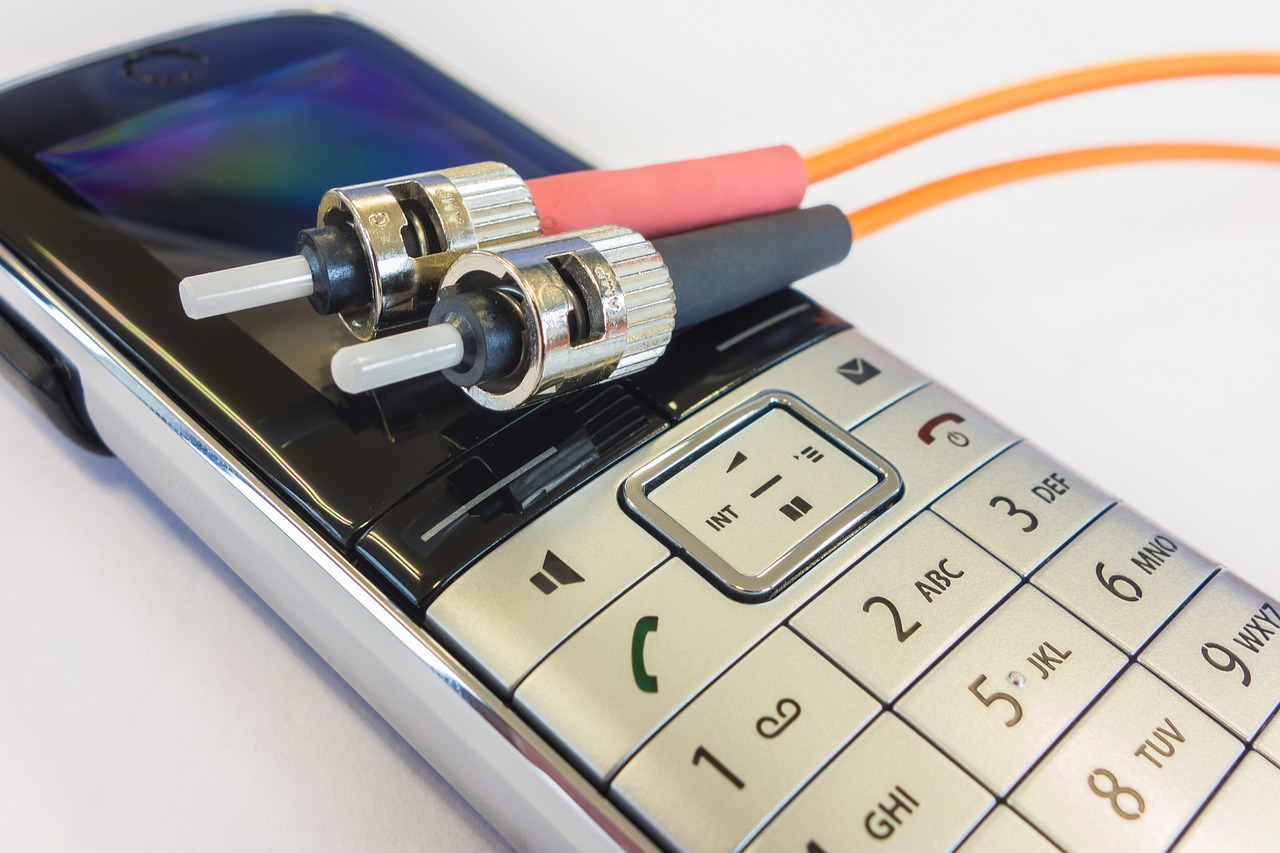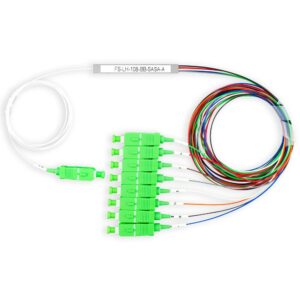 FTTH stands for “Fiber To The Home.” It is a type of broadband internet service that delivers high-speed internet connections using fiber optic cables that run all the way to a person’s home or business
FTTH stands for “Fiber To The Home.” It is a type of broadband internet service that delivers high-speed internet connections using fiber optic cables that run all the way to a person’s home or business
FTTH networks use fiber optic cables, which are made of thin strands of glass or plastic that can transmit data using light signals. FTTH is considered to be the most advanced and future-proof internet technology available today. This networks use fiber optic cables exclusively, providing faster and more reliable internet speeds.
What are the pros and cons of FTTH Technology
Pros:
High speed: FTTH technology offers very high-speed internet connectivity, which can be several times faster than traditional broadband connections.
Reliability: Fiber optic cables are less susceptible to interference and signal loss compared to copper cables used in traditional internet connections, resulting in a more reliable and consistent connection.
Symmetrical bandwidth: FTTH technology offers symmetrical bandwidth, which means that the download and upload speeds are the same. This is particularly beneficial for businesses and individuals who need to upload large files or use video conferencing applications.
Future-proofing: Fiber optic cables have a longer lifespan than traditional copper cables, and they are also capable of supporting higher bandwidths.
Cons:
Cost: The installation and maintenance costs of FTTH technology can be higher than traditional broadband connections, which can make it less accessible to some users.
Availability: FTTH technology is not yet widely available in many areas, particularly in rural or remote regions.
Installation: Installing fiber optic cables can be more complex and time-consuming than traditional broadband connections
Fragility: Fiber optic cables are more fragile than traditional copper cables.
Overview of FTTH ,GPON Deployments
FTTH networks typically consist of a fiber optic cable that runs from a service provider’s central office or data center to a distribution point in a neighborhood or building. From there, the fiber optic cable is split into multiple fibers that are connected to individual homes or businesses.
FTTH networks can be deployed using different architectures, including point-to-point and passive optical networks (PON).In a PON architecture, multiple homes or businesses are connected to a single fiber optic cable, which is split into multiple fibers using passive optical splitters. This architecture is more cost-effective and can serve more customers using less fiber optic cable
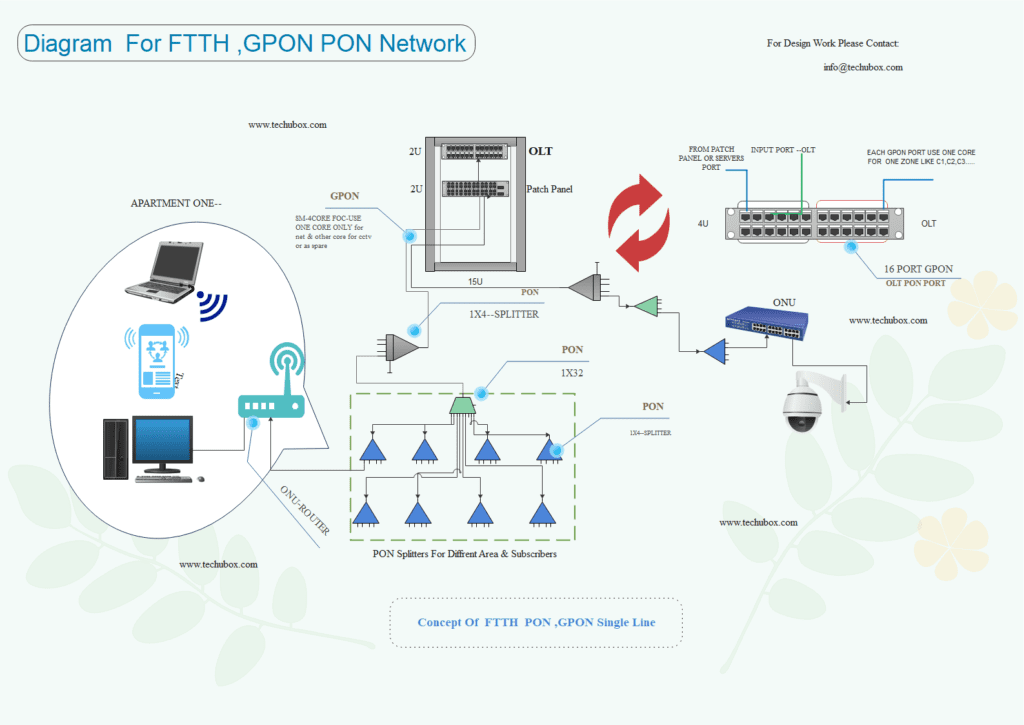
Gallery Of PON Components
GPON Splitters & PON Terminology
Most commonly used Splitters in FTTH networks are passive optical splitters. This is not require any electrical power to operate and use a series of optical couplers to divide the incoming signal into multiple outputs.
The most common type of passive splitter used in FTTH networks :
1×2 splitter, which splits the incoming optical signal into two output signals.
Other common splitter configurations include :

Bare Splitter 1×4, 1×8, and 1×16 splitters, which split the incoming signal into four, eight, and sixteen output signals, respectively.
FTTH fiber splitters are typically installed in a distribution box or cabinet, which is located near the point where the fiber-optic cable enters a building or housing complex
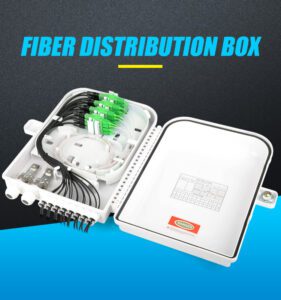
Optical Distribution Network: Type of network that uses optical fibers to distribute signals over a large area. ODNs are commonly used in cable television, internet, and telephone services

OLT stands for Optical Line Terminal. Used in fiber optic communications networks to convert optical signals transmitted over fiber optic cables into electrical signals that can be transmitted over copper cables or wireless connections to end-use.OLT is located at the central office or headend of the network and serves as the interface between the optical network and the user equipment.The OLT is typically connected to multiple Optical Network Units (ONUs) or Optical Network Terminals (ONTs), which are located at
the end-user premises.


ONT stands for Optical Network Terminal, while ONU stands for Optical Network Unit. They are essentially the same type of device.An ONT or ONU is typicallyinstalled at the end-user premises, such as a home or business,
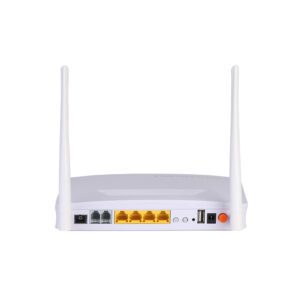
GPON Network Example



